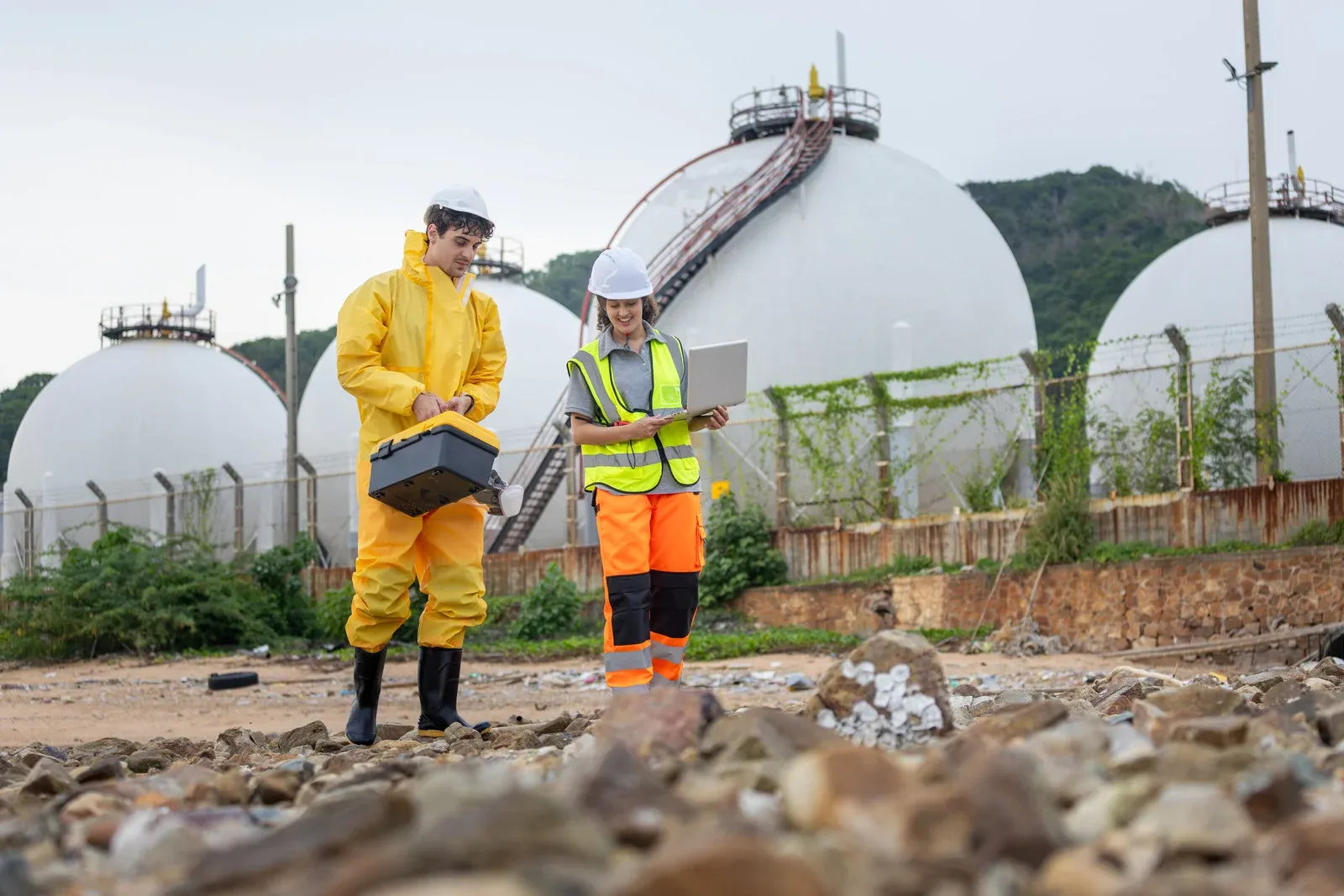Understanding Environmental Risk Assessments and Their Importance

In today’s industrial and commercial landscape, environmental safety is a critical aspect of business operations. Companies must identify, evaluate, and manage potential environmental hazards to protect both people and the planet. One of the most effective ways to achieve this is through an Environmental Risk Assessment (ERA)—a structured process that helps organizations detect and mitigate environmental risks before they lead to damage or regulatory violations.
For a detailed overview of environmental management practices and OSHA compliance, you can explore the Ultimate Guide to Environmental Safety and OSHA Compliance available at getoshacourses.com.
What Is an Environmental Risk Assessment?
An Environmental Risk Assessment is a systematic process used to identify and evaluate potential risks that human activities pose to the environment. These risks may include contamination of soil, water, and air, as well as harm to ecosystems, wildlife, and human health.
The primary goal of an ERA is to prevent environmental incidents before they occur. It involves analyzing the likelihood of an event (such as a chemical spill or emissions release) and the potential consequences it may have. Based on the assessment results, organizations can develop strategies to minimize, control, or eliminate risks.
Key Components of an Environmental Risk Assessment
A comprehensive ERA typically includes the following steps:
-
Hazard Identification – Determine potential sources of environmental harm, such as hazardous materials, waste disposal practices, or industrial emissions.
-
Risk Analysis – Evaluate how likely these hazards are to occur and estimate their possible impact on the environment and human health.
-
Risk Evaluation – Compare identified risks against regulatory thresholds and organizational standards to prioritize which ones need immediate attention.
-
Risk Control and Mitigation – Develop measures to reduce identified risks, such as improving waste management, enhancing spill response plans, or switching to safer materials.
-
Monitoring and Review – Regularly reassess risks and update control measures to ensure ongoing environmental protection and compliance.
The Importance of Environmental Risk Assessments
1. Protecting the Environment
The most direct benefit of conducting ERAs is minimizing the environmental impact of industrial operations. Through early identification of risks, companies can take proactive steps to prevent pollution, reduce waste, and safeguard ecosystems.
2. Ensuring Regulatory Compliance
Compliance with OSHA compliance standards and environmental laws such as the Clean Air Act, Clean Water Act, and Resource Conservation and Recovery Act is essential. A well-documented risk assessment helps businesses stay compliant and avoid costly penalties or legal consequences.
3. Enhancing Workplace Safety
Environmental hazards often overlap with workplace safety risks. By identifying and managing environmental dangers, businesses also protect their employees from exposure to harmful substances and unsafe conditions.
4. Reducing Operational Costs
Prevention is always more cost-effective than remediation. By identifying risks early, organizations can avoid expensive clean-ups, equipment damage, and downtime caused by environmental incidents.
5. Improving Corporate Reputation
Today’s consumers and stakeholders value sustainability. Companies that conduct regular ERAs demonstrate accountability, environmental responsibility, and a commitment to sustainable operations—strengthening trust and brand reputation.
Integrating ERAs into Business Operations
To ensure lasting results, environmental risk assessments should not be a one-time exercise. Instead, they should be integrated into the organization’s Environmental Management System (EMS) and revisited regularly—especially when operations expand or new materials and technologies are introduced.
Businesses can also use digital tools and software to automate monitoring and reporting processes, ensuring real-time visibility into environmental performance and compliance metrics.
Conclusion
Environmental Risk Assessments are essential for identifying and controlling potential environmental threats before they escalate into serious problems. They help manufacturing, construction, and industrial companies comply with regulations, protect their workforce, and minimize ecological impact.
To learn more about effective environmental management strategies and maintaining OSHA compliance, explore the Ultimate Guide to Environmental Safety and OSHA Compliance at getoshacourses.com.
By making risk assessments a regular part of business operations, companies can build safer, greener, and more sustainable futures.
- Art
- Causes
- Crafts
- Dance
- Drinks
- Film
- Fitness
- Food
- Games
- Gardening
- Health
- Home
- Literature
- Music
- Networking
- Other
- Party
- Religion
- Shopping
- Sports
- Theater
- Wellness


